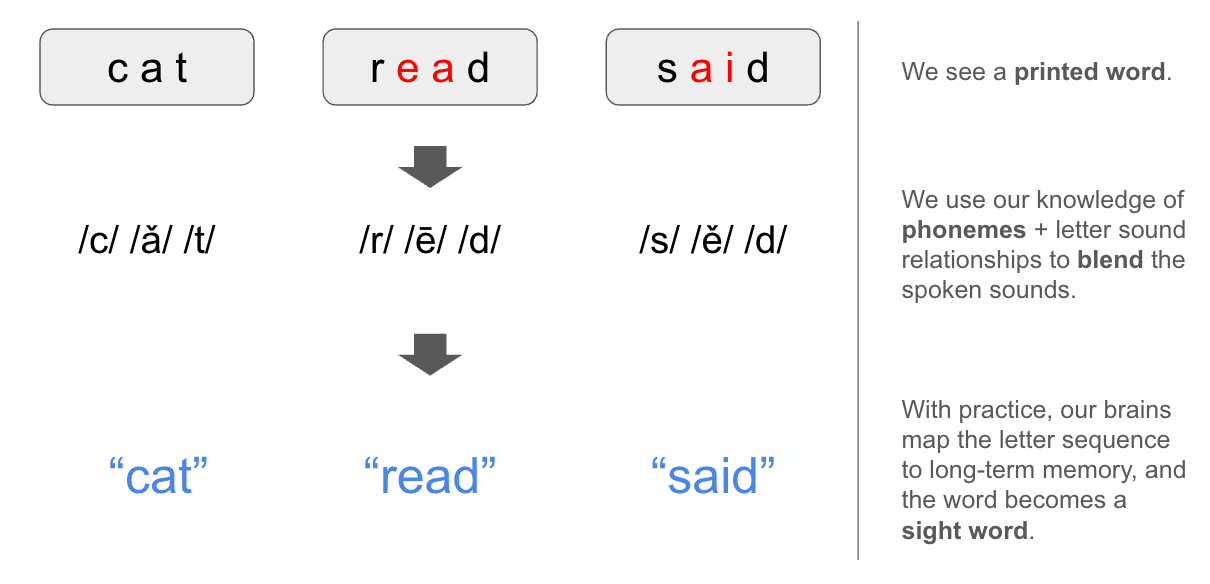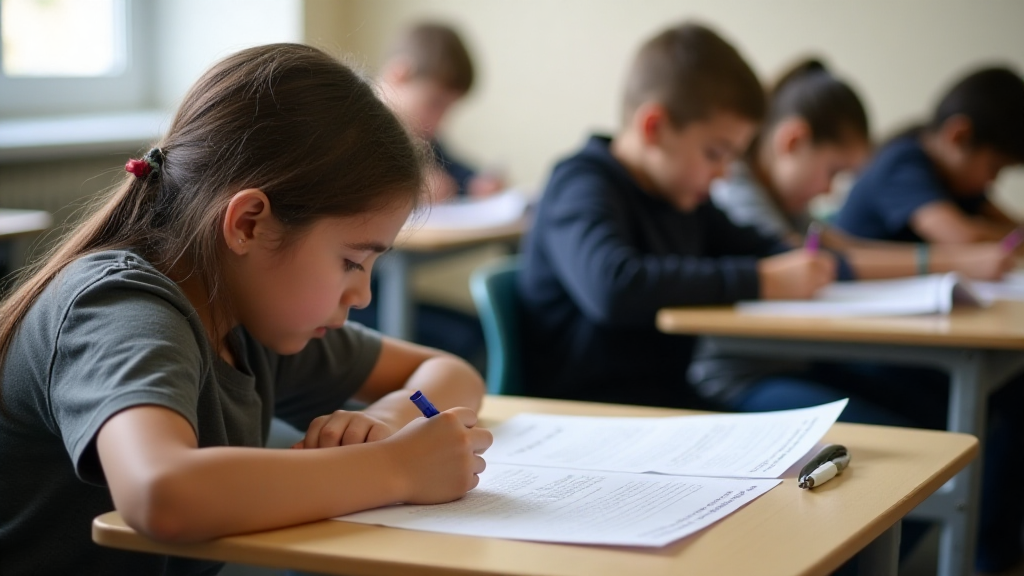
Why Effective Spelling & Phonics Practice Matters (Hint: Orthographic Mapping!)
Are you tired of spending countless hours creating spelling and phonics worksheets for your students? We know that effective spelling practice is essential for literacy development. One of the key reasons *why* this practice is so vital is because it directly supports a fundamental cognitive process called orthographic mapping.
But what exactly is orthographic mapping, and why is understanding it crucial for effective literacy instruction?
Understanding Orthographic Mapping
In simple terms, orthographic mapping is the mental process we use to store written words in our long-term memory so we can recognize them instantly on sight. It's the brain's incredibly efficient way of linking a word's sounds (phonemes) to the specific letters or letter combinations (graphemes) that represent those sounds.
This is NOT about:
- Visual Memory: We don't store words as whole visual shapes like logos. Trying to do so is highly inefficient.
- Rote Memorization (the old way): While we aim for a large "sight vocabulary," orthographic mapping explains *how* words get there – through analyzing their sound-letter connections, not just flashcard drills without understanding.
How Does the Mapping Happen?
When a reader encounters a new word like "ship":
- They segment the word into its sounds (Phonemic Awareness): /sh/ /i/ /p/
- They connect those sounds to the letters/groups they see (Letter-Sound Knowledge/Phonics): /sh/ -> 'sh', /i/ -> 'i', /p/ -> 'p'
- They bond the sound sequence (/sh/ /i/ /p/) with the letter sequence (s-h-i-p).
- This specific connection is stored in long-term memory.
After just a few successful mappings, the word becomes instantly recognizable, freeing up mental energy for comprehension.
Why is Orthographic Mapping Crucial?
- Builds Effortless Word Recognition: It moves readers beyond laborious sounding-out.
- Creates a Large Sight Vocabulary: Essential for reading fluency.
- Supports Comprehension: Frees up brainpower to focus on meaning.
- Aids Spelling: The sound-to-letter mapping process works both ways.
Strong phonemic awareness and phonics skills are the foundation that allows orthographic mapping to occur efficiently. Targeted practice with spelling patterns and sounds directly strengthens this mapping process.
Create Worksheets That Support Orthographic Mapping in Seconds
Now that we understand how critical orthographic mapping is, the need for high-quality, targeted practice becomes clear. But the time investment required to create these varied spelling and phonics materials can be overwhelming — especially for teachers aiming to provide personalized learning experiences based on specific phonics patterns and student needs.
How can Worksheet Creator help?
Worksheet Creator offers an extensive library of dozens of ready-to-use generators and templates, including:
- Word list templates for 8, 10, and 24 words per page
- Templates to create sorts such as sound sorts, pattern sorts, flash cards
- Draw and label (both with lines and without lines)
- Look, say, cover, write, check
- Write 5 sentences for 5 words
- Bingo card generator for your whole class
- Trace, copy, cover, write generator
- Word Hunt worksheet generator
- Definition Match worksheet generator
- Cloze (fill in the blank) worksheet generator
- Cloze (fill in the blank) worksheet generator with 3 comprehension questions
- Rhyming Pairs worksheet generator
- Tic Tac Toe worksheet generator/template
- Word Search puzzle worksheet generator/template
...with more templates being added regularly!
Try it for free today
We'd love to hear your feedback! Please try Worksheet Creator, share it with your colleagues, and let us know how we can make it even better for your classroom.
